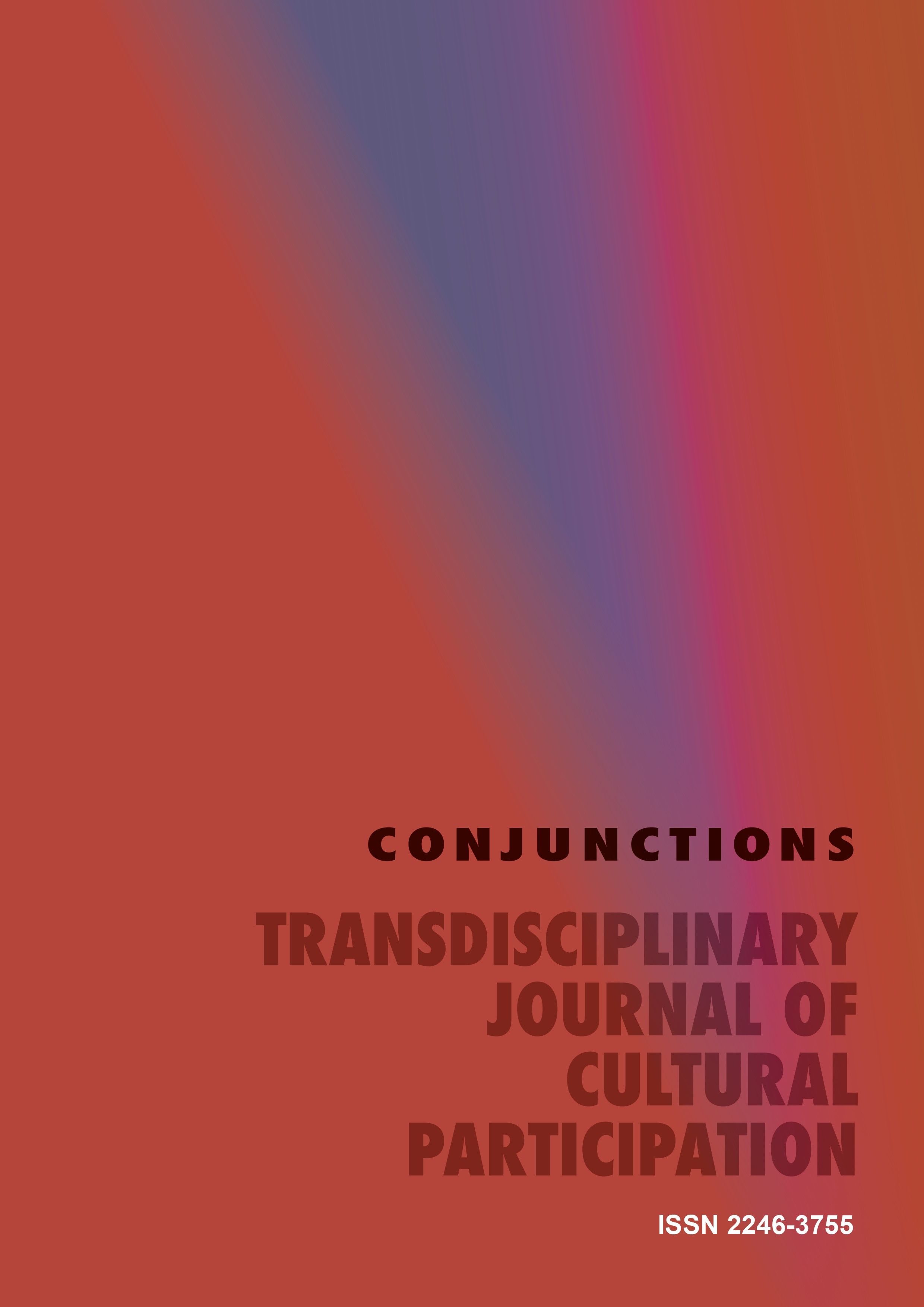This Cosplayer Has Claws: The Disruption and Replication of Gendered Norms in Cosplay Communities
DOI:
https://doi.org/10.2478/tjcp-2024-0015Abstract
‘Cosplay’ is the abbreviation of ‘costume’ and ‘play.’ The practice of cosplay is both an artistic medium of craft and performance and a lively subcultural activity. Consequently, ‘cosplayer’ refers to someone who participates in the craft and performance of cosplay. Many fan and cosplay scholars have provided unique definitions of the craft; for example, Joel Gn defines cosplay as “a performance art in which the participant masquerades as a character from a selected film, television series, or comic book” (Gn 2011, p.583). Gn here presents a well-rounded definition of the term that resonates with earlier work by McCormick (1999) as well as more recent work by Lamerichs (2018) and Winge (2019). Drawing on Gn, I define cosplay as the act in which fans dress and perform as characters from popular media (namely, from film/television/games/comics), but I place more emphasis on the performative aspects of cosplay, which separates the practice from fancy dress. This distinction, furthermore, allows for much more diversity on the part of the cosplayer in terms of subject matter and creative outlet.
The findings presented in this article present a portion of my thesis, “ Cosplay: Community, hierarchy, and the Acafan methodology” (Skentelbery 2023), completed at Keele University on March 15, 2023. My research, influenced by the work of Bainbridge and Norris (2009, 2013), Gn (2011) and King (2013, 2016), began optimistically. Initial data collected suggested that cosplay subcultures regularly create storms and disrupt the gendered norms of modern Western society by creating transformative spaces at fan conventions. My research, however, revealed that something much more complicated was occurring. My research findings, which combined auto-ethnographic participation and interviews, drew on a broad swathe of traditional audience scholarship, and post-feminist criticism. These data sets and theoretical frameworks suggested that there were in fact complexities and contradictions that exist within cosplay communities, and that cosplayer also replicated gendered and sexual norms. In this article, cosplays of DC Comics’ iconic cat burglar Catwoman are the focal case study. Through the case study, in relation to Catwoman’s long history across comics, film, and games, I examine how cosplayers not only create storms, but also replicate norms and gender power imbalances.
Downloads
Published
How to Cite
Issue
Section
License

This work is licensed under a Creative Commons Attribution-NonCommercial-NoDerivatives 4.0 International License.
Copyright (c)): Author
This work is licensed under a Creative Commons Attribution-NonCommercial-NoDerivatives 4.0 International License.





